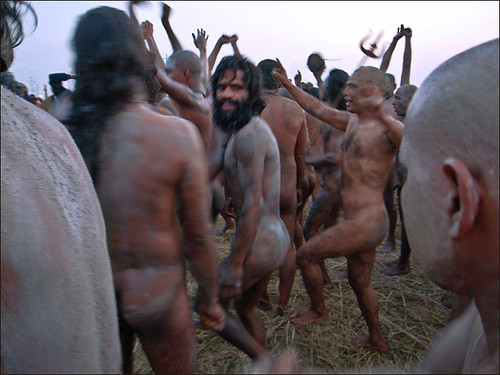Kapur Singh - Sikhism and Politics
PUBLISHED IN THE 'SIKH REVIEW', AUGUST, 1971
“Back of Sikh society, behind their energy, their history-making potency, and their productive capacity, there is something as powerful as it is unsubstantial; it is a set of ideas, attitudes and convictions and the confidence that these ideas are viable. The Sikhs, if they are driven to the conclusion by the machinations of the present day rulers of India and by the political stupidity of a class of Sikh intellectuals, that their collectivity and the ideas and beliefs that have sustained it are no longer viable and relevant to the present situation, they will erupt before fading away. They will not become a part of Hindu Society as some short-sighted Hindu politicians believe. They will become accretions to anti-social gangs of smugglers, women-lifters. highwaymen, Naxalites and Terrorists, as those who have studied the pulsations of Sikh Society in recent times know full well. Then the deposit of Sikhism and the Sikh way of life, the panoply of history-making power will be as nothing and the darkness will gather and the north of India shall fall a prey to dark anti-social hordes, the ultimate impact of which on the history of India and this region of the world nobody can foretell. The future develops mysteriously, secretly and unfolds itself silently without fore-caution and there will appear no warning head-lines in the morning editions of favourite newspapers of these obstreperous Sikh intellectuals and over-clever rulers of India, before such a catastrophe befalls them”.



